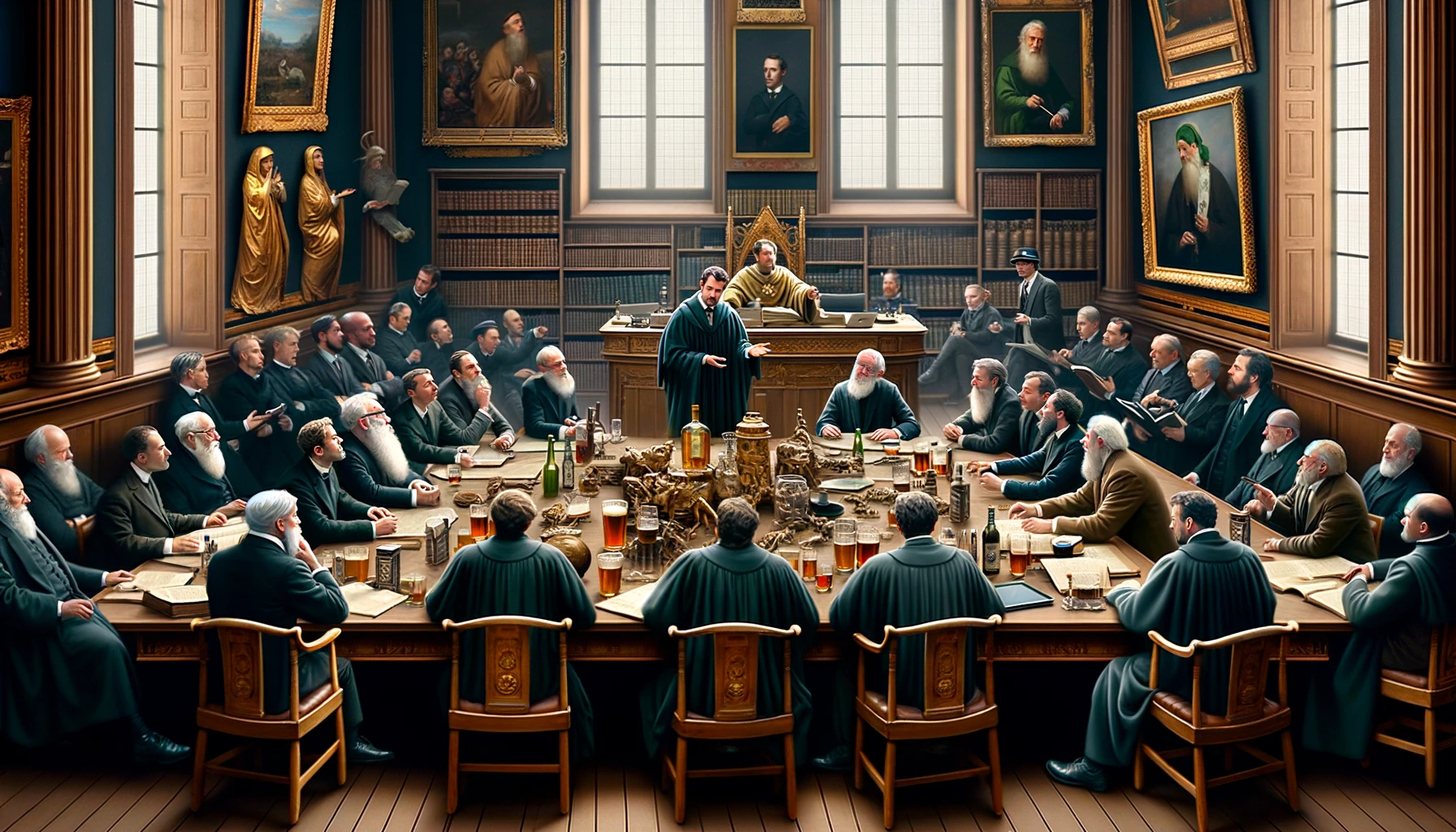A fierce debate has erupted within historical circles, challenging the traditional depiction of St. Patrick and suggesting the beloved saint might have a more spirited legacy than previously acknowledged. The controversy stems from a re-examination of ancient texts, dubious archaeological finds, and a healthy dose of speculation fueled by St. Patrick’s Day revelers.
“The traditional image of St. Patrick banishing snakes from Ireland is all well and good,” argues Dr. Seamus O’Hooligan, a scholar of Celtic Mythology and frequent pub patron, “But have we overlooked his potential role as the pioneer of the afternoon pint?”
Dr. O’Hooligan boldly posits that the snakes St. Patrick famously banished might very well be a poetic allegory for the fuzzy-headed hangover that inevitably follows a day of unrestrained revelry. “It all fits!” he exclaims, waving a suspiciously empty pint glass. “He drives out the serpents – a clear metaphor for clearing the cobwebs after a night of carousing!”
Other academics have piled on, citing recently unearthed fragments of a scroll describing St. Patrick’s legendary “Shamrock Sermons.” They argue that the shamrock’s three leaves aren’t mere symbolism of the Holy Trinity, but also a clever guide for responsible drinking: one leaf for beer, one for whiskey, and one for… well, when you start seeing four-leaf clovers, it’s definitely time to go home.
Naturally, traditionalists are outraged by this blasphemous theory. “Preposterous!” thunders Father Bartholomew O’Malley, his normally serene face flushed with indignation. “St. Patrick was a man of piety, not pints!”
Yet, the proponents of the “Patron Saint of Day Drinking” theory remain undeterred. They point to the suspiciously large collection of tankards discovered near the sites of St. Patrick’s early monasteries and the well-documented love of a good knees-up (or ceilidh) amongst the ancient Irish.
This new perspective on St. Patrick has sent shockwaves through the religious and historical communities. Theological debates are raging on whether his feast day is a celebration of faith or an excuse for a hangover. Souvenir shops are hastily retooling to produce not just shamrock-themed knickknacks, but also hip flasks emblazoned with questionable ‘St. Patrick’ quotes (‘Sláinte!’ takes on a whole new meaning).
Of course, as with any controversy, there’s always an opportunist in the mix. Pub owners worldwide are gleefully embracing the “Patron Saint of Day Drinking” idea, offering “St. Paddy’s Penance” cocktails and organizing competitive “Blessing of the Barstools” ceremonies.
Whether St. Patrick was a sober saint or a champion of the midday pint remains shrouded in the mists of Irish history. One thing’s for sure: this St. Patrick’s Day, the debate over the true meaning of his legacy will likely be fueled by the very thing he’s now accused of celebrating.

